How to Clean a Wood-Burning Fireplace With Ease

By Stacey Kelleher
Nothing compares to the warmth and crackle of a wood-burning fireplace, especially on a chilly night. If your fireplace gets a lot of use, it's important to clean it properly to keep it safe and working efficiently.
A dirty fireplace will send ash, soot, and debris into your home, and leave unsightly stains around your hearth and mantle. It’s equally important to clean your wood-burning fireplace chimney and remove creosote residue to prevent chimney fires.
With a bit of time, a few tools, and some elbow grease, you can keep your cozy fireplace burning smoothly all winter long. Here are all the steps, tools, and materials you need to clean and maintain your wood-burning fireplace and chimney.
Photo via Shutterstock
When to Clean the Inside of a Wood-Burning Fireplace
Seasonal and regular cleanings are essential to keep your wood fireplace looking and working its best. While chimney cleanings are best left to professionally-certified chimney sweeps, you can tackle your wood fireplace on your own in a single afternoon.
Clean your wood-burning fireplace weekly if you use it frequently, and monthly for less-frequent use. Always wait until the morning after the last fire to be sure everything in the fireplace has fully cooled.
How to Clean a Wood-Burning Fireplace
If done incorrectly, cleaning a wood-burning fireplace can turn into quite a messy job. We’ve got the tools and tips to make this task as painless as possible. Once your fireplace has completely cooled, get started on cleaning it by following these steps.
Tools and Materials Needed
- Dust mask
- Rubber gloves
- Safety goggles
- Drop cloths, old blankets, or plastic sheeting
- Small shovel or scoop
- Waste bucket or small trash can
- Hand broom and dustpan
- Vacuum with a wand or brush attachment
- Bleach
- Trisodium phosphate (TSP)
- Warm water
- Dish soap
- Large clean bucket
- Funnel
- Spray bottle
- Stiff-bristled cleaning brush
- Glass cleaner
- Microfiber cleaning cloth
Step 1: Suit Up
It is a pretty messy job to clean a fireplace, so wear old clothing you don’t mind getting dirty. Wear goggles and a mask or respirator to protect your eyes, mouth, and nose from breathing in soot and ash. Gloves will keep your hands clean as well.
Step 2: Protect the Surrounding Space and Disassemble Fireplace Parts
Cover nearby furniture and surfaces with drop cloths, old blankets, or plastic sheeting. Take out any removable fireplace parts like any andirons, grates, and screens.
Step 3: Remove Ashes
As wood burns, ash is the byproduct created. Use a fireplace shovel or fireproof scoop to remove ashes, and dump them in a small trash can or bucket.
After you’ve removed as much of the ash as possible, go back in with a mini hand-broom to sweep away remaining ashes from the sides and floor of the fireplace. Dump them in the bucket or wastebasket and safely dispose of them.
Disposing of Ashes
Step 4: Vacuum
For one last sweep, use the wand or brush attachment of your vacuum to remove any ashes, dirt, and debris that remain inside the fireplace.
Step 5: Mix the Cleaning Solution
Now it’s time to scrub your wood-burning fireplace. In a large bucket, mix:
- 6 teaspoons of Trisodium phosphate (TSP)
- 1 cup of bleach
- 1 cup of warm water
Pour half of the solution into a spray bottle (use a funnel if you need to) and spray the fireplace walls, floor, and any soiled sections of your hearth and surround.
Step 6: Scrub the Fireplace
With your cleaning brush, scrub all of the fireplace surfaces you can reach. Spray more solution if needed. When you have finished scrubbing, rinse the area with fresh water and let it dry.
Be Gentle on Brick
Step 7: Clean the Doors
Use glass cleaning spray and a clean, dry microfiber cloth to wipe down the fireplace doors. There are products available specifically to clean fireplace glass, but your go-to product for household glass should work just fine.
Step 8: Clean Andirons and Grates
Clean the fireplace andirons, grates, screen, and other metal pieces with a soft cloth dipped in warm, soapy water. Use a soft brush to work away stubborn stains. Rinse with clean water and allow these pieces to dry before placing them back in the fireplace.
Make Brass Shine
When Should I Get the Chimney Cleaned and Inspected?
According to both the National Fire Protection Association and the Chimney Safety Institute of America (CSIA), an annual inspection by a CSIA-certified chimney sweep is the best way to prevent chimney fires in the home. To beat the winter rush, schedule your inspection during the summer months.
During the yearly inspection, a chimney sweep usually cleans the chimney and looks for moisture damage, cracks, leaks, and other structural problems that need to be repaired. They will remove soot, creosote, and blockages from the chimney liners, fireboxes, smoke chambers, and dampers.
You also don’t have to wait for a yearly inspection to get your chimney cleaned. Schedule a cleaning if you notice poorly-burning fires, limited air flow up the chimney, or soot falling from the chimney. Also, animals in search of warmth often find their way into chimneys—call a cleaner to remove any nests or carcasses before using your fireplace.
A chimney fire isn’t the only hazard caused by a dirty chimney. Carbon monoxide poisoning is another risk caused by poor ventilation. A wood fireplace needs oxygen to burn, and if that oxygen supply is blocked by debris, soot, or an animal's nest, carbon monoxide can form and seep into your home.
Photo via Shutterstock
Tips for Keeping a Wood-Burning Fireplace Clean
Now that your fireplace is looking its best, there are a few simple things you can do going forward to keep it relatively clean and stretch the time between cleanings.
Let Fires Burn Out Naturally
Instead of dousing a fading fire with water, let it burn down naturally to prevent a thick, sludgy buildup on the walls and floor of your fireplace.
Close the Screen When Using Your Fireplace
When burning wood, always keep your screen or fire screen sheet closed to keep embers from escaping and soiling nearby carpet and furniture. And don’t worry, using a screen won’t keep you from getting toasty! By design, fireplace screens contain embers while still allowing warmth to escape.
Choose the Right Firewood
Some types of wood burn “cleaner” than others. Birch, ash, oak, maple, and any of the fruit trees tend to have the least pitch and sap—so that means less mess. Wet wood can cause more creosote buildup, so store logs in a dry area at least five feet away from your home.
A clean wood fireplace is a must to keep it running efficiently, looking good, and—most importantly—operating safely. With proper maintenance and care, a spot in front of your wood-burning fireplace can become your favorite spot for cozying up with family.
Do you have a suggestion for the best way to clean a fireplace? Share your tips below!



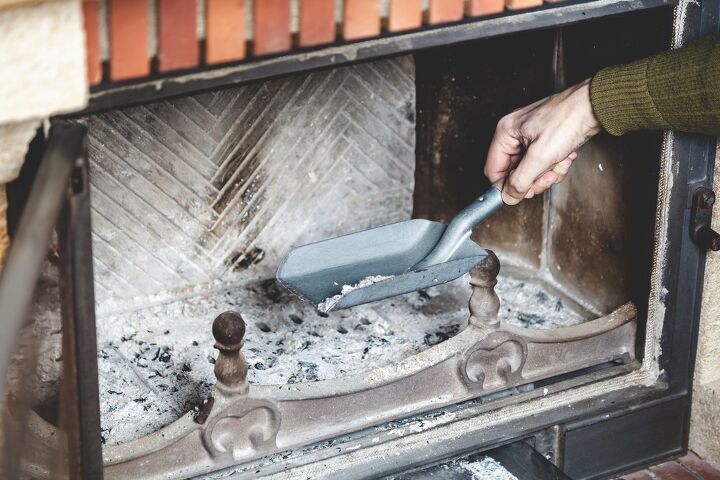

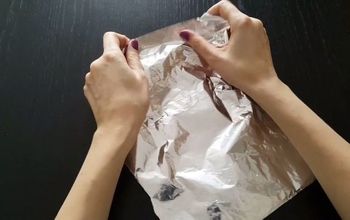
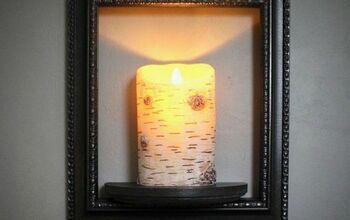
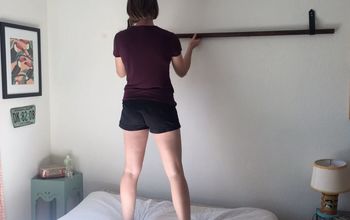
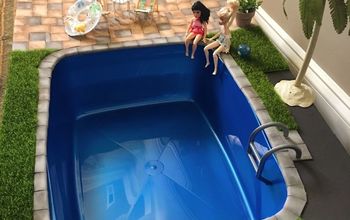

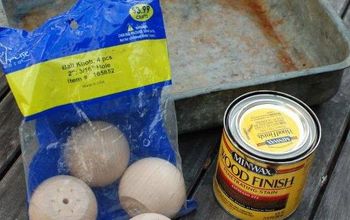
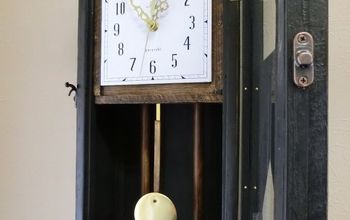

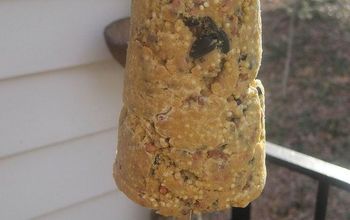
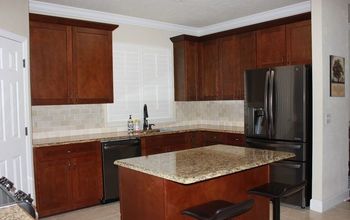


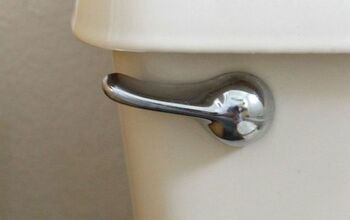




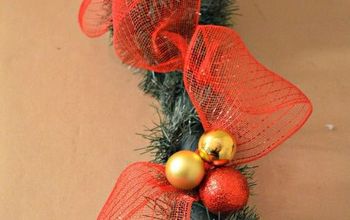


Frequently asked questions
Have a question about this project?